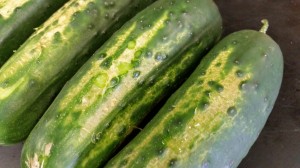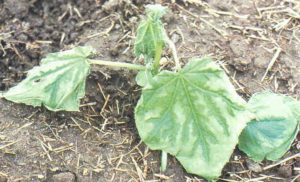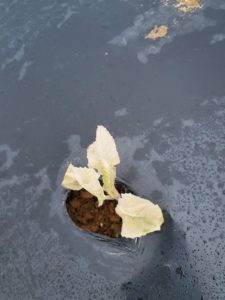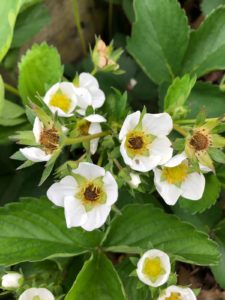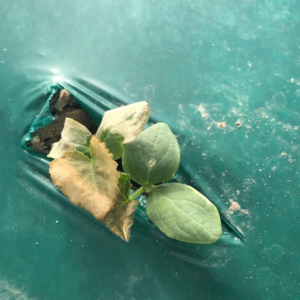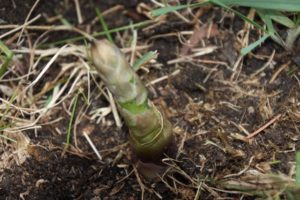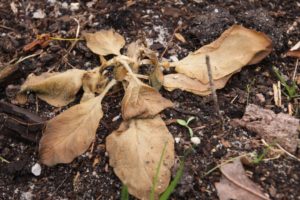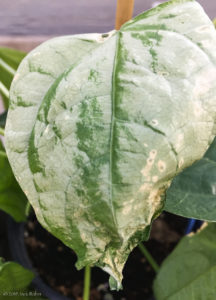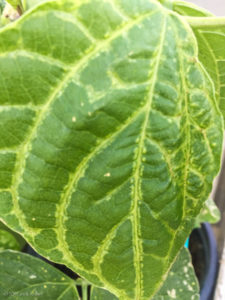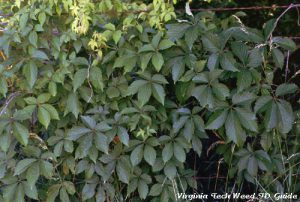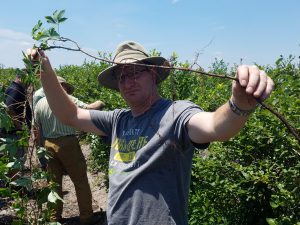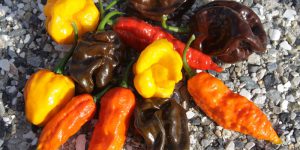The U.S. Department of Agriculture (USDA) Agricultural Marketing Service (AMS) will host a webinar on Wednesday, April 29, 2020, at 2 p.m. ET, for farmers, shippers and other suppliers interested in learning more about the Farmers to Families Food Box Program. This webinar is an opportunity for these parties to learn how to supply produce, dairy and meat products to vendors supplying food boxes to non-profits and other entities feeding hungry Americans.
Register for the Webinar HERE.
Additionally, AMS, the Food and Nutrition Service (FNS) and the Office of Partnerships and Public Engagement (OPPE), published Frequently Asked Questions for non-profit organizations seeking to receive food through the Farmers to Families Food Box Program.
Frequently Asked Questions are answered here.
More information is available on the Farmers to Families Food Box Program webpage.
Additional questions may be submitted to USDAFoodBoxDistributionProgram@usda.gov.
